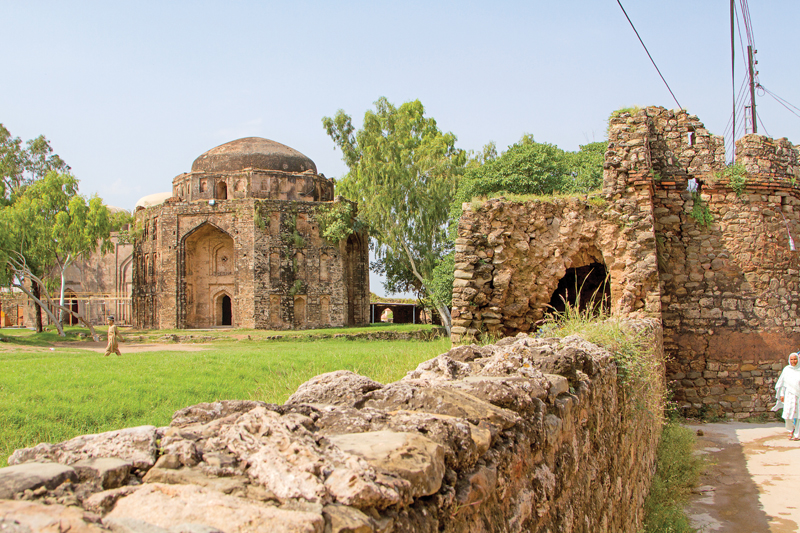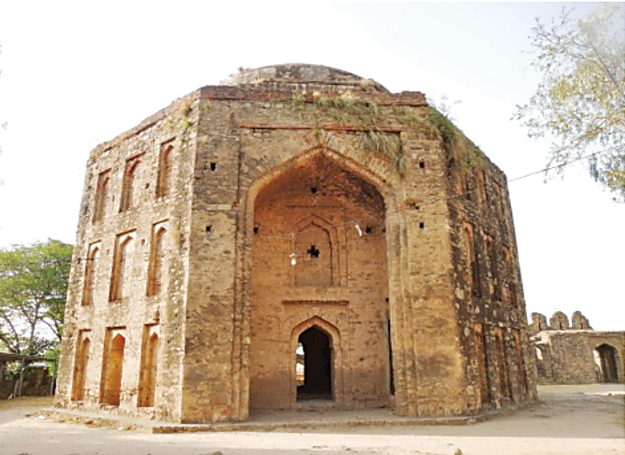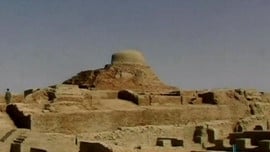

While Humayun ultimately did manage to reclaim his throne, with Sher Shah Suri dying during a siege against the Rajputs, but centuries of wars and decades of neglect means that this historical site is now lying in ruins.
But now, the Department of Archeology and Museums (DoAM) has been authorised to start repairs on the majestic fort. DoAM-Archeology Director Abdul Azeem said that the restoration plans have been approved.
Govt not interested in preservation of cultural heritage
“The Project Concept (PC) I for the repair, maintenance and development of Rawat Fort has been approved at a cost of Rs28 million and work will start after fulfilling all the modalities,” Azeem said, adding that the process is expected to be completed within three years.
He added that the preservation of cultural heritage and archaeological sites not only enlivens a nation but also promotes tourism, thus bringing much needed foreign exchange and a boost for the local economy.

The fort is protected by the DoAM under the Antiquities Act of 1975. But after devolution under the 18th Amendment of the Constitution, its control was transferred to the Punjab government, a source said.
Encroachment
While the fort withstood several wars and centuries of weather events, it seems that it is relatively susceptible to its Achilles heel — encroachment.
Construction of heritage sites: Commissioner, other officials summoned
Unregulated construction on three sides of the fort has been threatening its structure. This despite the fact that the Capital Development Authority (CDA) prohibits construction within 200 feet of historical monuments.
Azeem said that they had written to the CDA several times to remove encroachments from around the fort but to little avail. “We will hold further meetings with the CDA to resolve this issue,” the DoAM official said.
Lodgings then, lodgings now
With the Rawat Fort originally intended to host travellers along the trade route, it had 45 rooms.
However, now only 19 rooms stand.
The others have fallen prey to vandalism by locals, grave robbers and private builders who have merged some parts of the fort into their homes.

The road linking the fort to GT Road is encroached by shopkeepers and roadside hawkers.
Deserted
Apart from boasting several rooms, the fort also has a three-domed mosque along with crumbling graves and a deserted mausoleum.
The graves are believed to contain the body of Sultan Sarang who died along with his 16 sons while fighting a war with Sher Shah Suri in 1546 AD
These graves, though, are also in dilapidated condition since locals usually pull the bricks out of these graves.
Published in The Express Tribune, November 6th, 2017.
































1714024018-0/ModiLara-(1)1714024018-0-270x192.webp)










COMMENTS (2)
Comments are moderated and generally will be posted if they are on-topic and not abusive.
For more information, please see our Comments FAQ